Vancouver in its longest cold snap in over 30 years
We're at 33 days and counting but there's a way to go before the record is broken
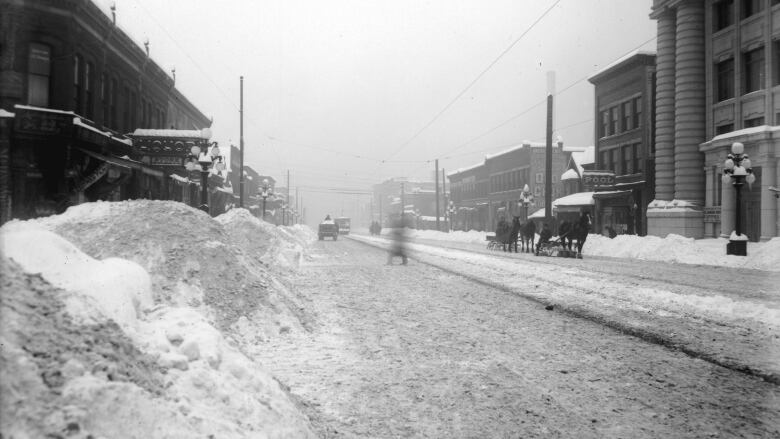
Dec. 3 was a relatively quiet day in Metro Vancouver: an old character home was moved on a truck down Beach Avenue, the Canucks defeated the Maple Leafs in a shootout, but otherwise it was a slow news day, a Saturday, a day when many people began the holiday season in earnest.
It was also the last day people weren't complainingabout the weather.
On Dec. 4, BC Ferries cancelled sailings, the temperature dipped below freezing for the first time in 2016, and Environment Canada issued a special weather statement.
Vancouver in a snowstorm, in a single image. Best part: the signage on all the busses saying "sorry". pic.twitter.com/k8yzOx5ChK
—@maxfawcettThe next day, Vancouver had its first major snowfall in nearly three years. Since then, snow, ice, stuck cars, "sorry" buses,axe-wielding dads, and salt-hoarding mayors have become part of the saga that has gripped the Lower Mainland, while causing gentle mockery in the rest of the country.
But of all the superlatives that have been bandied about in the last month, there's one that hasn't been uttered: record-setting.
That's because the past month hasn't been noteworthy for its snow (there have been bigger blizzards) or its cold (the average temperature has rarely dipped below 5 C), but for the unrelenting duration of both.
And that's a metric that is harder to measure.
Average temps below 5 C for 33 days
"From a climate standpoint, Environment Canada keeps track of daily highs and overnight lows, and we often look at how those averages compare over a month," said CBC meteorologist JohannaWagstaffe.
"But sometimes the more interesting weather trends takes place between those extremes."
- Icy weather impacting Metro Vancouver soccer season
- Top 5 Metro Vancouver weather stories of 2016
- How does this winter compare to the infamous 2008/2009 season?
To figure out how historic this cold snap is, we've combed through over 100 years of Environment Canada data: from downtown Vancouver between 1900 and1937, and Vancouver International Airport (YVR)from 1938 to the present.
We've also defined a "cold day" as when the average temperature is under 5 C.
Yes, that's mock-ablein the rest of Canada, but bear in mind that YVR is usually among the warmest places in the Lower Mainland, and the recorded average temperature doesn't factor in wind chill.
Using that metric, the Lower Mainland has been in a cold snap since Dec. 4 33 days in a row. It's the longest cold snap in 32 years.
"Normally when we get these arctic blasts in the winter, they're followed by a return to milder pacific air," said Wagstaffe.
"But in this year's case, the jet stream remains well to our south, which has allowed all of that arctic air to stay in place, even after storms."
However, prior to the 1990s, cold snaps that lasted longer than a month were relatively common, occurring once or twice a decade.
Hard as it may be to believe right now, that means this is only the 14th longest cold snap in Vancouver's recorded history.
"It was definitely more common to see longer, harsher winters when records began in the 20th century, but global warming has meant our seasonsare trending warmer," saidWagstaffe.
"When Environment Canada displays their seasonal data now, they use 1981 to present because that's a much more accurate representation of what's normal these days."
Cold snaps of yore
Because Vancouver used to have longer periods of cold weather, scenes like those from this week used to happen with regularity.
For example, Trout Lake is open for skating but there are plenty of pictures in the Vancouver Archives of similar situations, like in this photo of Lost Lagoon from the 1930s.
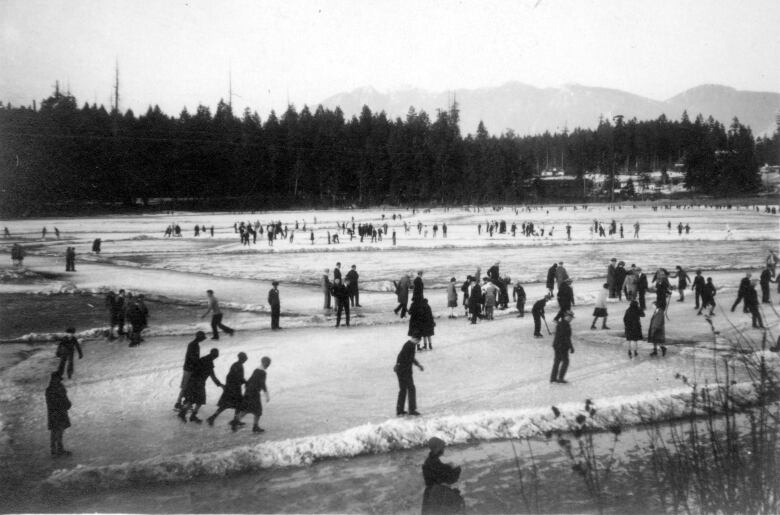
The Stanley Park duck pond fountain kept running, despite frigid conditions in 1930.

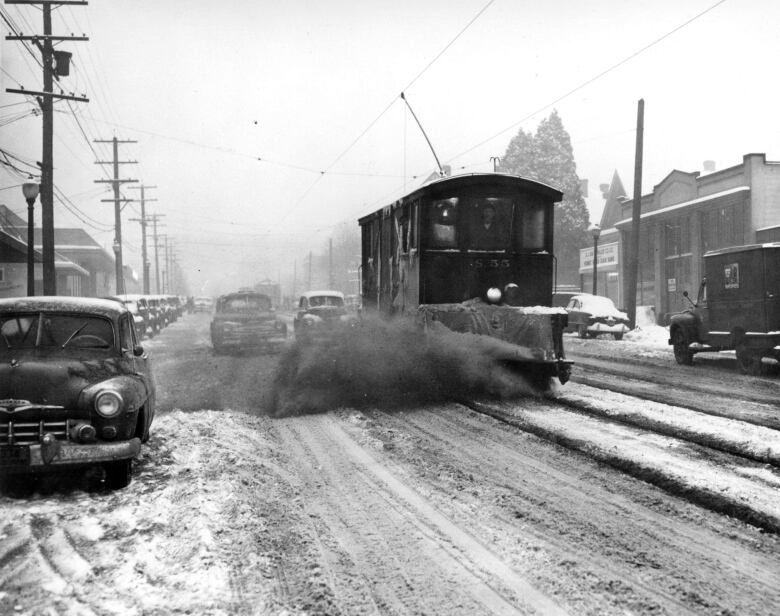
Specially designed tractors cleared the first road up to the former Tyee Ski Club atop Grouse Mountain. The road, built in 1929, now forms part of the main ski run at Grouse.

Visitors to the ski club, Canada's oldest, could also enjoy a ride on the wooden slide.
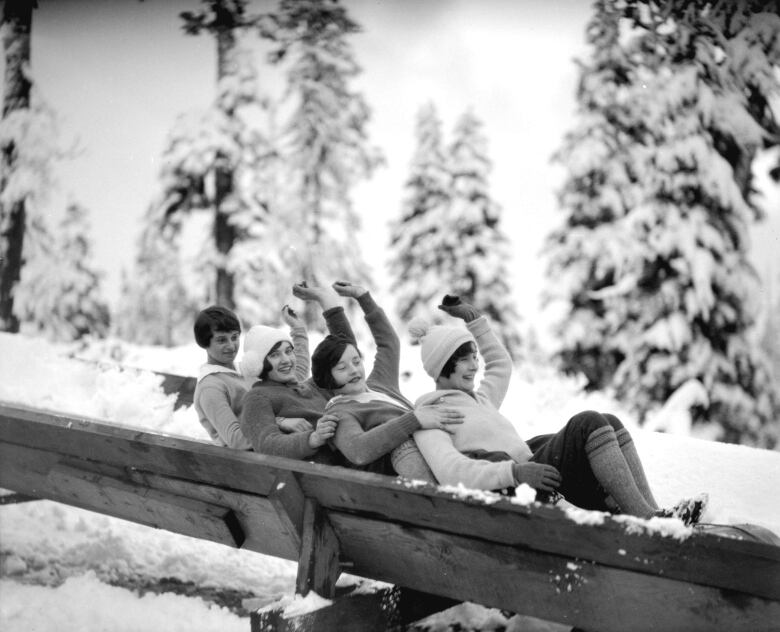
It would still take a few more weeksfor this season tosurpass Vancouver's longest cold snap, which came just over 100 years ago.
The entire South Coast went into a deep freeze on Dec. 22, 1915, staying below 5 C every day until Feb. 13.
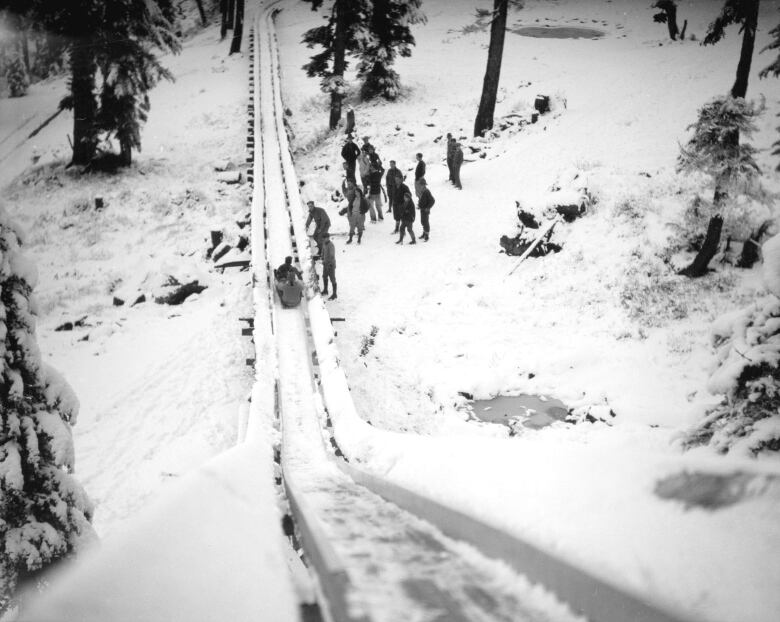
There were several large snowstorms over that time, and during the last one in February, Vancouver and Victoria both received around 70 centimetres of snow.
The army was called in to help shovel, but alleyways like this one near Gastown remained clogged.

Could this year's cold snap pass that?
"There's a chance," said Wagstaffe, explaining that long-range outlooks keep much of western Canada on the cold side of the jet stream through January and maybe even into February.
"But hey, there are only 11 more Mondays until spring," she said.












_(720p).jpg)


 OFFICIAL HD MUSIC VIDEO.jpg)
.jpg)



























































































